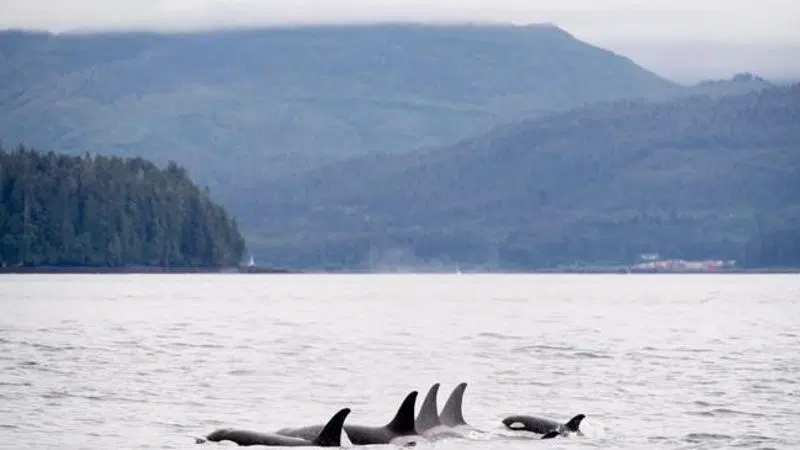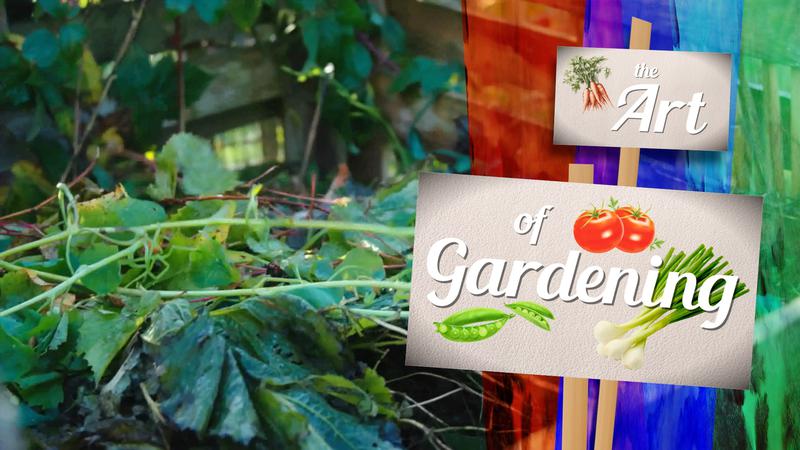
Two Southern resident killer whales missing as experts fear for the population
VANCOUVER — Two southern resident killer whales haven’t been seen for a few months leaving experts worried, not just about the fates of both creatures, but for the future of the entire family of orcas.
Just over 70 southern resident killer whales form the single group of exclusively salmon-eating orcas identified as J clan and the family is further divided into three groups, or pods, known as J, K and L.
The Centre for Whale Research said in a post that while all other killer whales from the J and K pods have been seen, one member from each pod is missing.
“We will continue to look for J17 and K25 in upcoming encounters but the chances of finding them are starting to look a little grim,” the post said.


